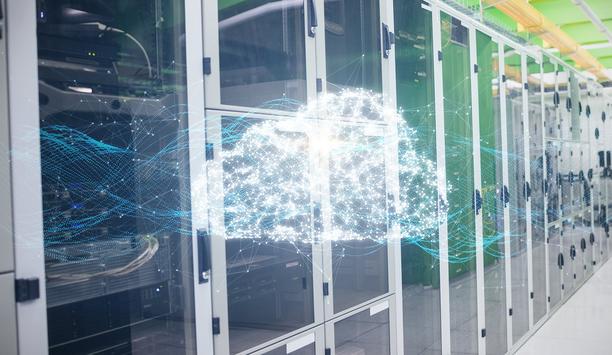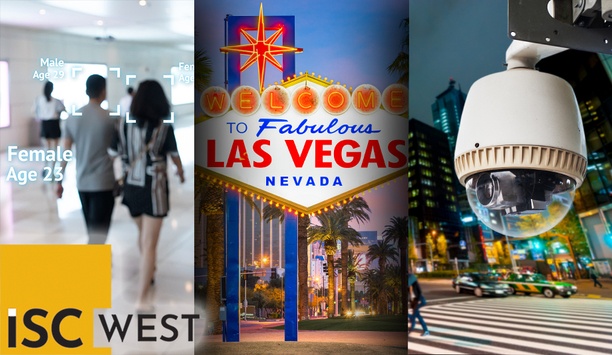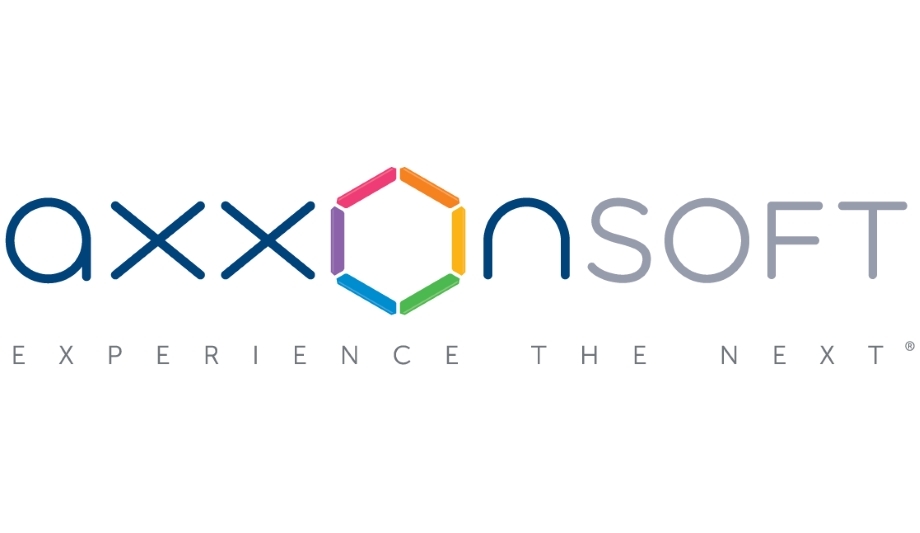Alan Ataev

Alan Ataev
CEO, AxxonSoftAlan has over 11 years of exclusive video and security experience, having directed and established as many as 26 offices worldwide. He has an extensive understanding and knowledge of all aspects of Artificial Intelligence, financial forecasting, digital marketing and sales management, market analysis studies, CRM systems and management of information systems. After joining AxxonSoft in 2008, Alan has held various positions such as Regional Sales Director, Sales Manager and Product Trainer for AxxonSoft Singapore, Asia. Alan has led AxxonSoft’s Global Sales since 2012 with operations in Fremont, California, United States. In 2019, he was appointed as AxxonSoft’s Chief Sales and Marketing Officer and in 2020 was appointed as CEO. Having graduated with Honors in Applied Economic Informatics, Alan completed his executive education at the Massachusetts Institute of Technology, Cambridge, specializing in Artificial Intelligence and Digital Marketing.
Articles by Alan Ataev
Technology based on the cloud has become a popular trend. Most IT systems now operate within the cloud or offer cloud capabilities, and video surveillance is no exception: virtually every major hardwa...
ISC West, the world's largest security industry trade show, is just around the corner. This in-person show gathered more than 1,000 manufacturers and over 30,000 visitors from all over the world in 20...
Video surveillance is commonly associated with security. But in most cases, it's used to record incidents and assist in investigations after the fact rather than prevent undesirable events. Artifici...
News mentions
Dahua Technology, a globally renowned video-centric smart IoT solutions and service provider, will hold its 2nd online Dahua Technology Partner Day, from October 13 - 14, 2021, with the theme - &lsquo...
Dahua Technology, a solution provider in the global video surveillance industry, advocates openness and believes that an industry ecosystem can benefit all industry players. At Security Essen 2018, it...
Dahua, a video surveillance solution provider, has announced another breakthrough giving integrators, resellers and users unprecedented levels of access to its newly launched DHOP (Dahua Open Platform...
ImmerVision, the inventor of the 360-degree panomorph lens and worldwide expert in immersive optical and imaging technology, announced recently that AxxonSoft Next is certified ImmerVision Enables 2.0...
AxxonSoft is proud to have participated in Intersec for the fourth time, this year from 18 to 20 January 2015 in Dubai, UAE. This year's event saw version 4.0 of the Axxon Next VMS, as well as the Ax...









































